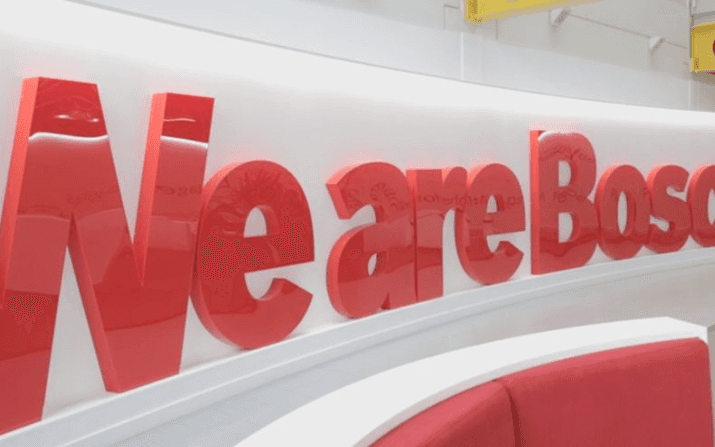Bosch 3D Printing Case Study
Reshape Your Industry and Redefine Your Company’s ROI
THE BACKGROUND: Bosch is a name known worldwide as one of the leading tech giants. The company is recognized not only for its long-standing presence in global markets but also for its innovation and early adoption of new technologies. The Bosch plant in Mondeville, France, decided to explore another rising trend in the industry—industrial additive manufacturing. As a major and well-established corporation, Bosch required professional-grade 3D printing equipment. Their first choice: Zortrax M200 3D printers.
GOALS: The French Bosch team aimed to increase manufacturing efficiency in producing and testing components, while also reducing costs on expensive equipment. One key goal was to determine whether they could save over €80,000 in a single year at one plant. Faced with a range of 3D printer options, they focused on ease of use, price-to-performance ratio, print quality, and reliability. Although early results were promising, they committed to a full year of testing to evaluate the technology’s impact on 3D printing ROI.
THE PROCESS: Bosch evaluated how Zortrax M200 3D printers could enhance production speed and efficiency through on-demand 3D printed parts. Known for embracing innovation, the team explored which processes could benefit most from additive manufacturing. They also tested the reliability of the M200 printer to assess its maintenance-free performance. Since cost-effectiveness was a major factor, ROI was closely monitored. The printers were first used to create custom cases for plugs, allowing precise connection to device ports. This was critical because, during tests, cables were repeatedly plugged and unplugged, wearing out the original parts. Once this use case proved successful, the R&D team began 3D printing end-effectors for robots on the production line. These typically cost around €450 per set. Prototyping with Zortrax M200 was reported to be fast and easy, thanks to dedicated materials and compatible solutions designed for in-house 3D printing benefits.
THE RESULT: By adopting 3D printing, Bosch significantly extended the life of testing components. This reduced the frequency and cost of replacements, and streamlined the entire testing process. Once they confirmed that parts previously costing €450 could be printed on demand, overall costs and wait times were reduced. In total, the initiative saved the company €80,000—demonstrating a strong return on investment in industrial 3D printing. On-demand production allowed components to be made within hours, minimizing delays caused by shipping. The M200’s user-friendly, out-of-the-box design required little setup or maintenance, making the implementation even smoother. For Bosch, this case study proved that 3D printing cost savings are achievable and scalable.
THE CONCLUSIONS: For those still unsure whether 3D printing can improve business performance, consider this quote from a Bosch representative: “Not using 3D printers in a company is a real mistake.” This strong statement might inspire you to rethink how your business operates. If you're ready to evolve your manufacturing process, know that you’ll have support—and hard evidence—that thinking outside the box can revolutionize performance without breaking the bank.
ROI & Cost Savings
€80,000 saved in one year by replacing expensive production parts with 3D printed alternatives.
Part Replacement Efficiency
€450 parts replaced with €1 3D printed components, without compromising functionality.
Production Speed
On-demand parts produced within hours, minimizing downtime and shipping delays.
